In this review, we take a look at the Laowa 15mm F4 Macro Shift lens for Sony FE-mount.
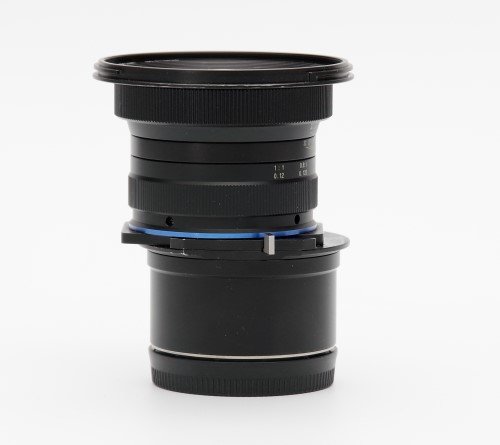
Introduction
We recently reviewed Laowa’s 20mm F4 Shift, a $1100 lens with excellent optical capabilities, a solid body and a robust Shift mechanism.
The 15mm we are looking at today is a different beast: ultra-wide angle, true 1:1 macro capabilities, a $500 price tag, and a basic Shift mechanism. This 15mm appears to be, on paper, an inexpensive jack-of-all-trades, which either means it’s a master-of-none or a hidden gem.
The Laowa 15mm Macro Shift is a compact lens designed at first for DSLRs, and adapted for mirrorless via a built-in flange . It covers the full frame image circle. Thanks to its list of features, it is essentially unique on the FE-mount.
In this in-depth review, we take a look at all the technical and artistic parameters which help to define a lens. Read on to find out everything there is to know about the Laowa 15mm F4 Macro Shift lens!
Table of Contents[Hide][Show]
Specifications
| Lens Name | Laowa 15mm F4 Macro Shift |
| Optical formula | 12 elements in 9 groups |
| Image circle | Full frame |
| Field of view diagonal | FF: 110.5° APS-C: 86° |
| Aperture range | F4/F32 |
| Aperture blades | 14, curved |
| Aperture ring | Yes |
| Max magnification | 1X |
| Minimum focus distance | 0.12m |
| Internal focus | No |
| Filter thread diameter | 77mm |
| Lens cap | Plastic, clip-on |
| Lens hood | Removable petal-shaped |
| Diameter x Length | 84 x 95 mm (3.3 x 3.7 in) |
| Weight | 410 g (14.5 oz) |
| Price (US MSRP) | $499 |
Construction and Handling
In this section, we take a look at the physical characteristics of the Laowa 15mm Macro Shift.
Front Element
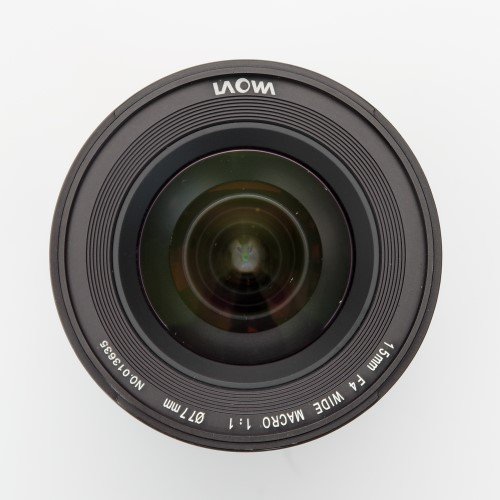
The front of the lens bears the branding (weirdly, it does not mention the Shift capabilities) along with the lens’ characteristics. The glass takes up a large part of the total front surface.
The lens uses the 77mm filter thread. Filters will be somewhat expensive but easy to find. Many large aperture lenses, in particular tele zooms, use this diameter.
The lens cap is plastic, similar to other Laowa caps.
Lens Body

The lens is rather compact, measuring just 65mm long (2.55 inches). It is dense and solid thanks to its fully metal body. The body is quite narrow except at the very front, possibly to accommodate the lens hood which needs to be wide thanks to the focal length. The Shift lever does feel a bit flimsier than what Laowa generally produces.

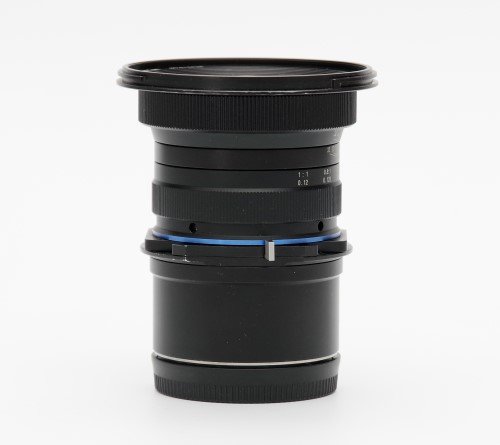
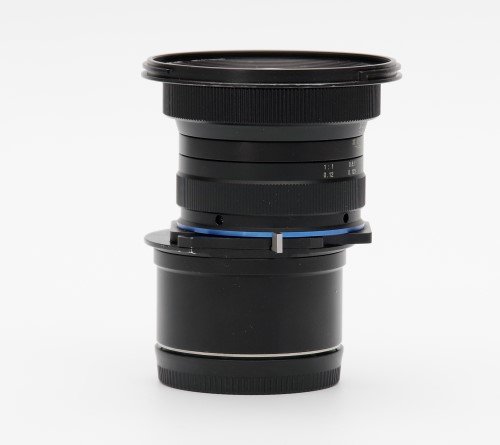
This Shift lever is located just above a featureless tube at the bottom of the lens, to duplicate the sensor distance of a DLSR camera. The Shift mechanism is minimalistic, especially when compared with the robust and thorough approach of the company’s 20mm Shift.
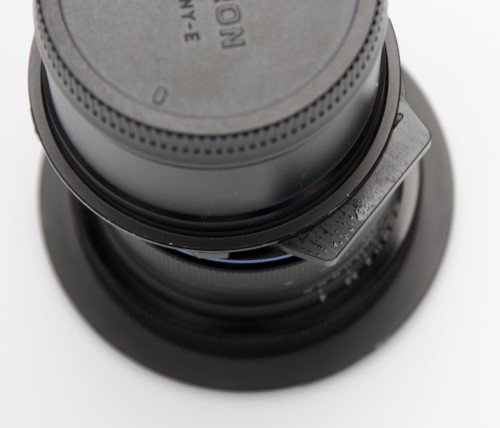
Instead of a screw giving fine control over the shift position, in this case the user presses down on the lever and pushes the lens up or down. There is no fine control, no way to lock the position (there are clicks at both extremes and at the center), no position markings to get back to a previous setting. There is also no way to rotate the Shift orientation. Given that this is a 15mm lens, this isn’t as critical as it would be on a longer focal length, as cropping remains possible. It is still a limitation. The Shift mechanism is still smooth and fluid, but feels less refined and more of an afterthought than on more expensive alternatives. Additionally, some oil is visible on our sample when shifting the lens.
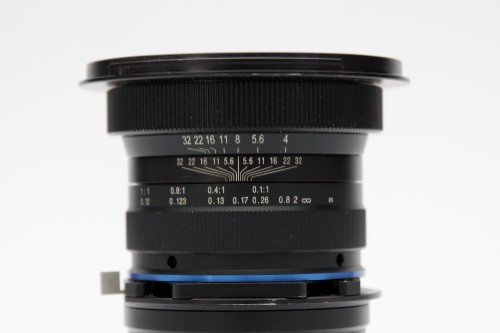
Above the bottom Shift section, we find the focus ring. It has a nice 90° throw and, as is typical for Laowa, it delivers excellent feedback. There are engraved markings in both meter and feet for the focus distance. Next up are several hyperfocal markings covering 5 apertures: F5.6, F11, F16, F22 and F32. Higher is the aperture ring. It is clickless and has irregular distances between each mark, the range between F4 and F5.6 being much longer, for instance, than between F22 and F32. The aperture ring is as wide as the focus ring, and has a similar texture. Despite this, it is easy to spot which is which without looking.

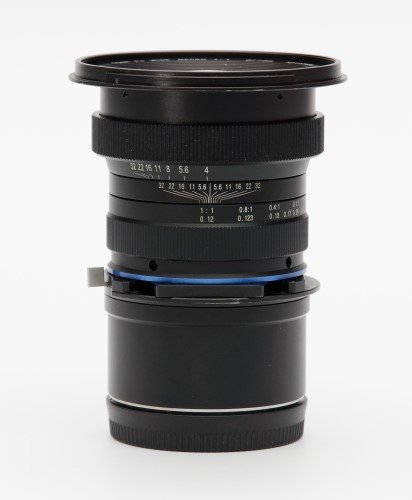
The lens extends when zooming.
Aperture
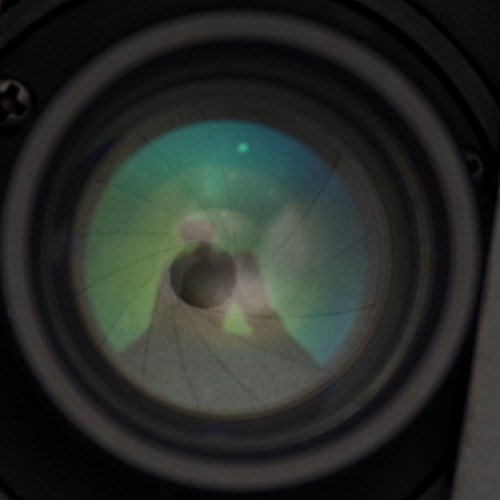
The Laowa 15mm uses a whopping 14 curved aperture blades. Even at small aperture values, the opening remains mostly circular.
Lens Mount

The lens mount is metal, and featureless. There are no contacts apart from the mechanical mount itself.
Lens hood
Our test sample did not come with a hood, but the lens normally does ship with a classic, petal-shaped lens hood which is rather large.
Mounted On Camera
The Laowa 15mm F4 is a good fit for smaller bodies like the A7C. Its small size means it balances well, and the built-in extension tube actually improves handling.
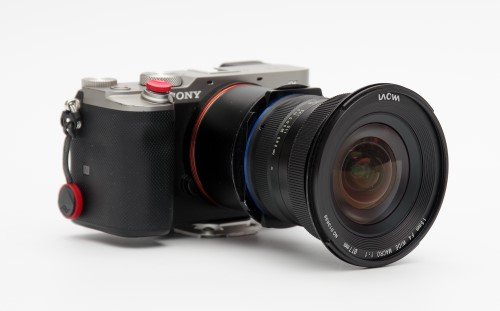
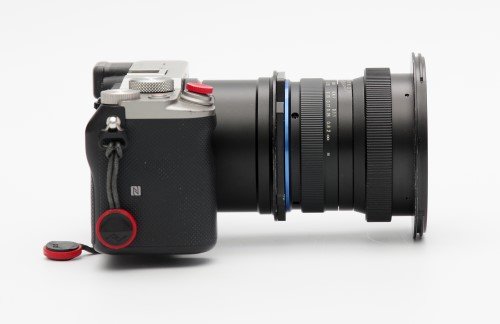
Side by side
Here is the Laowa 15mm next to the Zeiss Batis 25mm F2 and the Tamron 28-75mm F2.8.
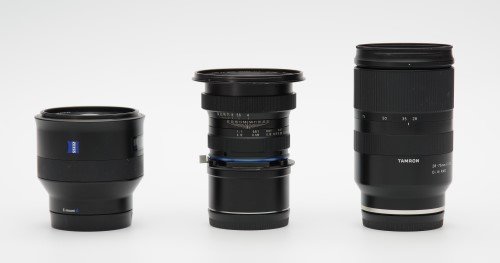
Focusing
The Laowa 15mm is a purely manual lens, which of course includes focusing. As expected from Laowa, operation of the focus ring is excellent. There is pleasant dampening, a well-tuned level of friction and no backlash. Each time, Laowa impresses us with the quality and accuracy of their focus mechanism.
There is, as always, some challenge to properly nail focus using Focus Peaking, especially when the aperture is partially closed. Using the focus distance scale on the lens helps to locate the right ballpark. Opening up the aperture to focus, then closing it back can be a winning strategy.
General Image Quality
Before diving into the technical aspects of this review, let’s have a look at the more subjective elements which can make or break an image.
Field of View
15mm is fully into the ultra-wide range. For some users, it will be their first time with such a field of view. It has the benefit of covering easily broad vistas, in addition to giving a lot of headroom for cropping. This focal length is one of the numerous standout features of the lens. 15mm is ideally suited for landscapes and cityscapes. With 110.5° of horizontal field of view, this lens makes it easy to include many elements in the scene. The focal length, despite being rather extreme, has an easy learning curve.
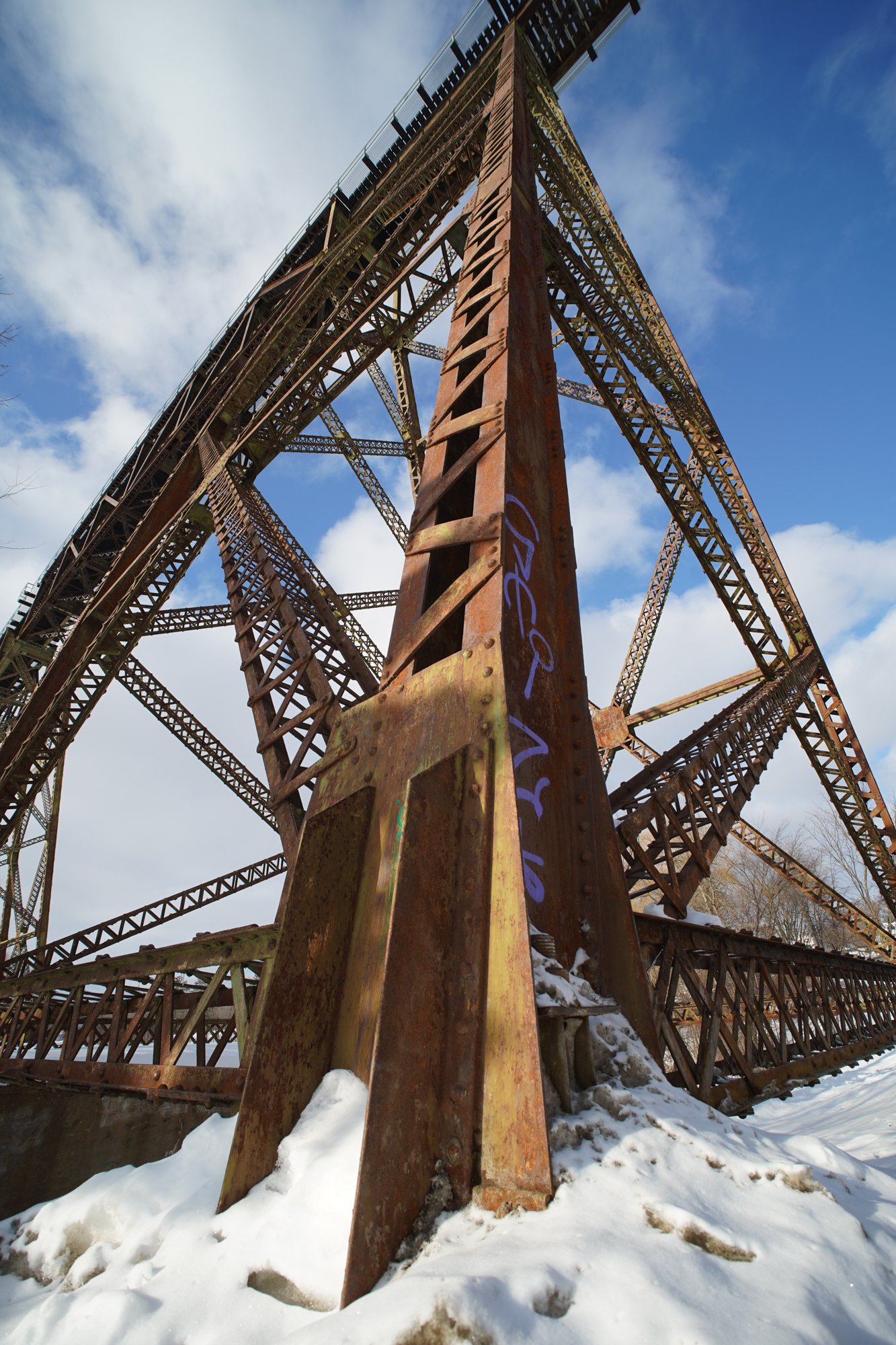
Color and Contrast
Laowa lens often produce strong contrast and rich colors. The same can be said here, with a tonal response which is a bit more subdued than some other Laowa lenses, but still more dramatic than some lenses from other manufacturers.

The lens can easily pull rich tones out of the sky, but preserves the subtle gradation of tree bark.

High-contrast scenes such as a snow-covered landscape yield good balance and contrast. The lens behaves very well for night scenes.
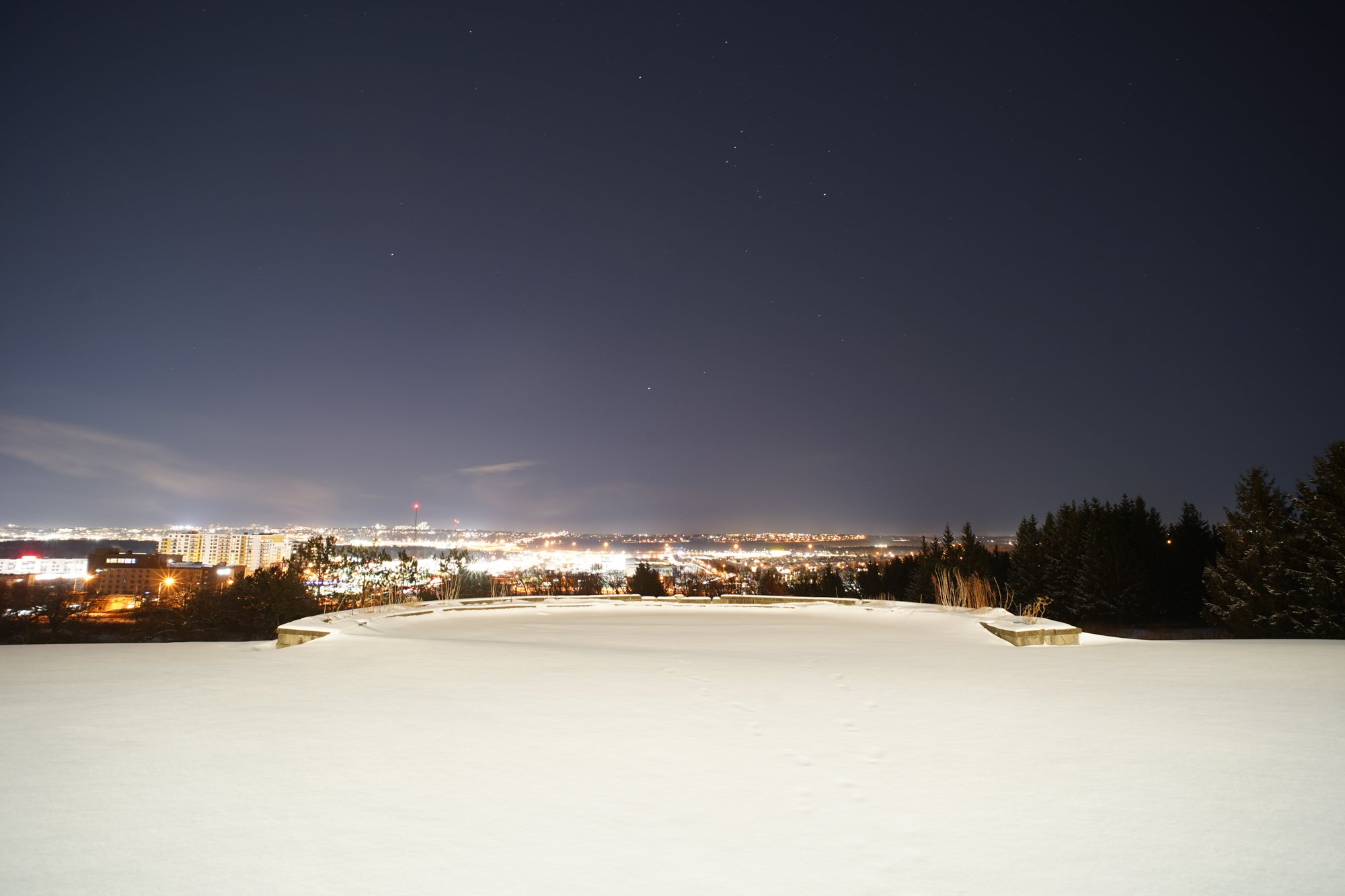
The shift mechanism offers ability to correct, to a large extent, distortion caused by the lens’ wide FOV. By shifting and tilting adequately the lens, it can bring parallel lines back to being parallel.


Starbursts
Starbursts are nice, if not class-leading. At F4 they are fuzzy and hampered by the presence of flare. At F8 and F11, the starbursts are more pleasing, tapering prettily but still a bit diffuse.
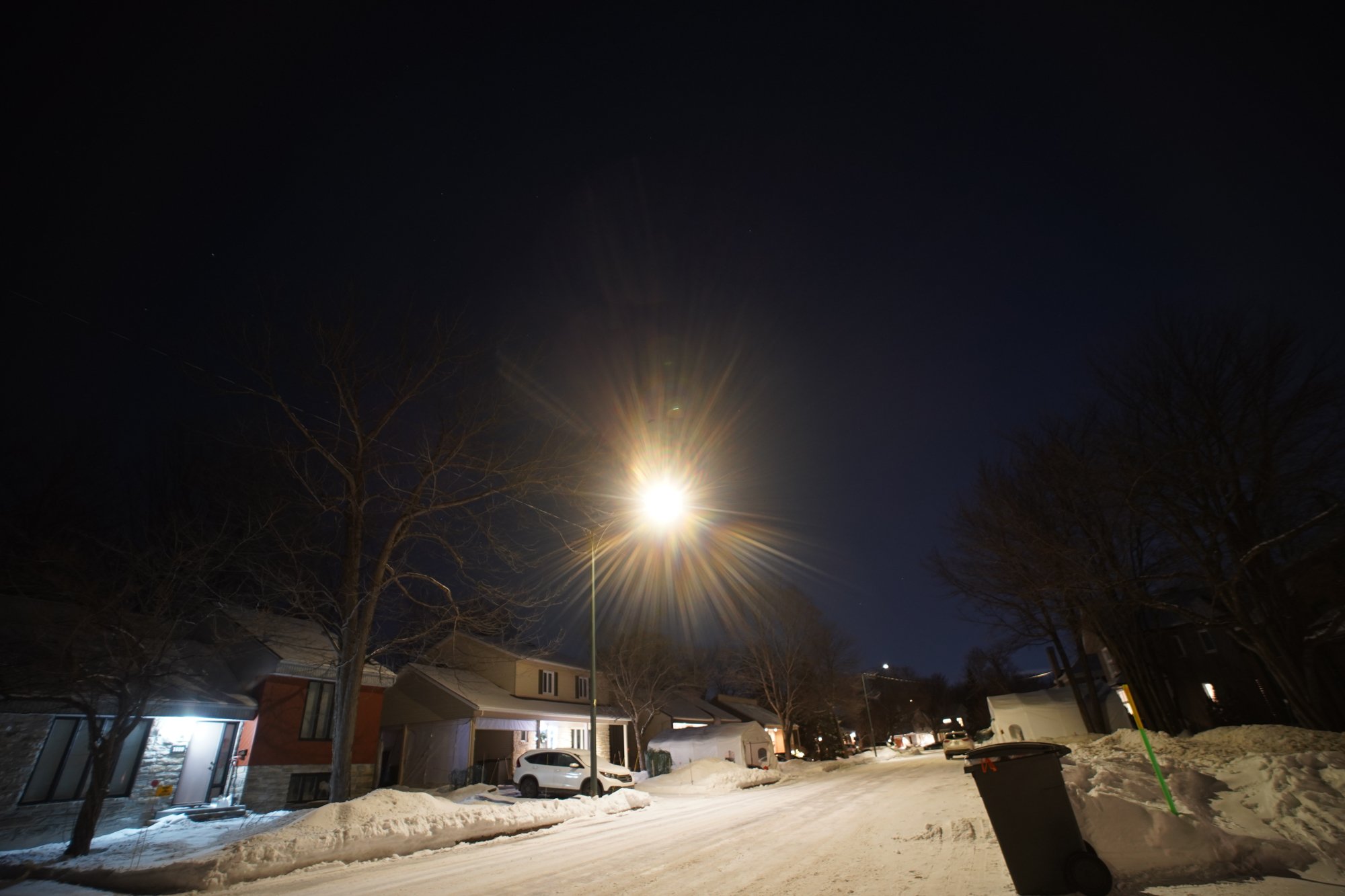
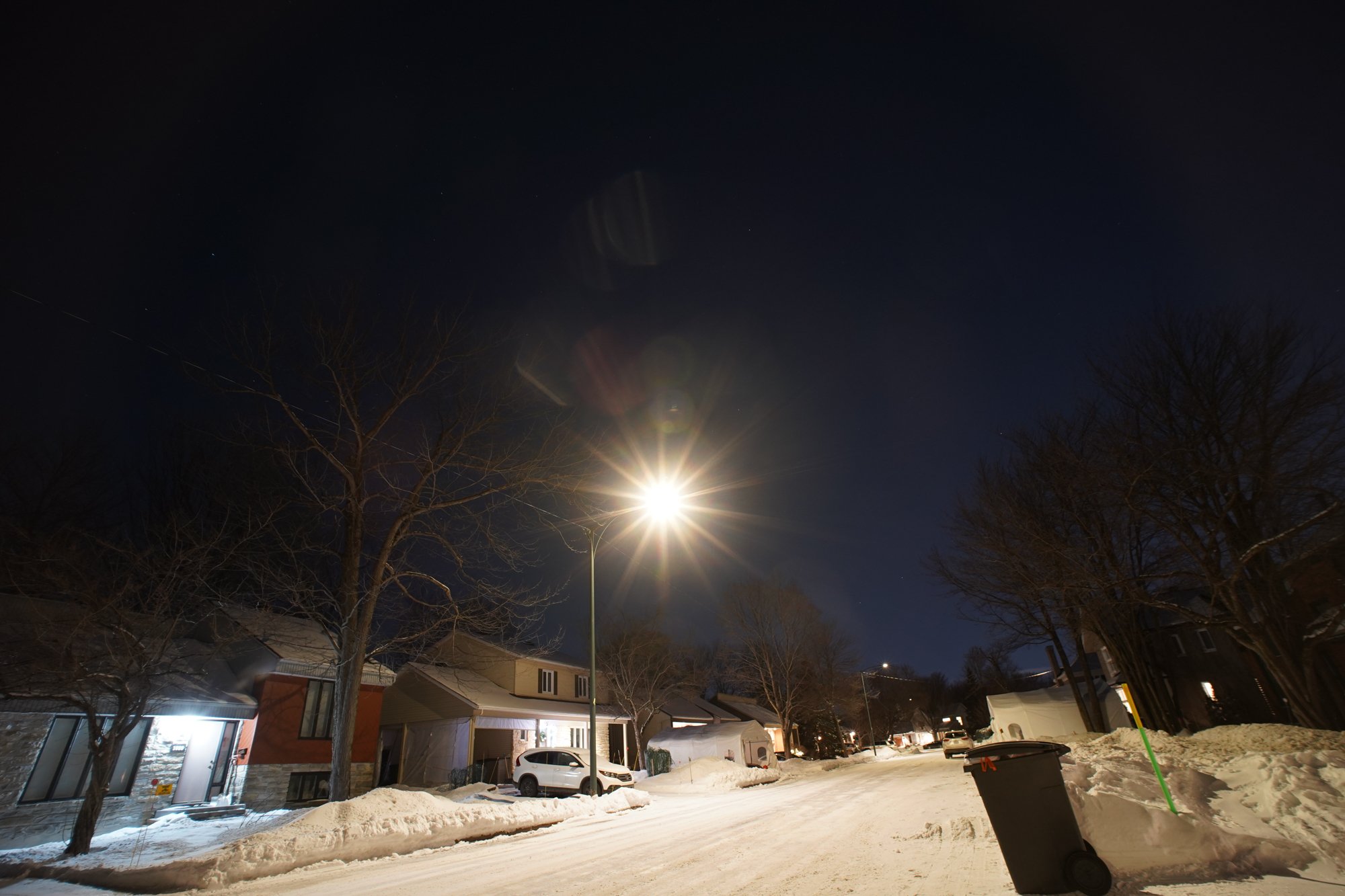
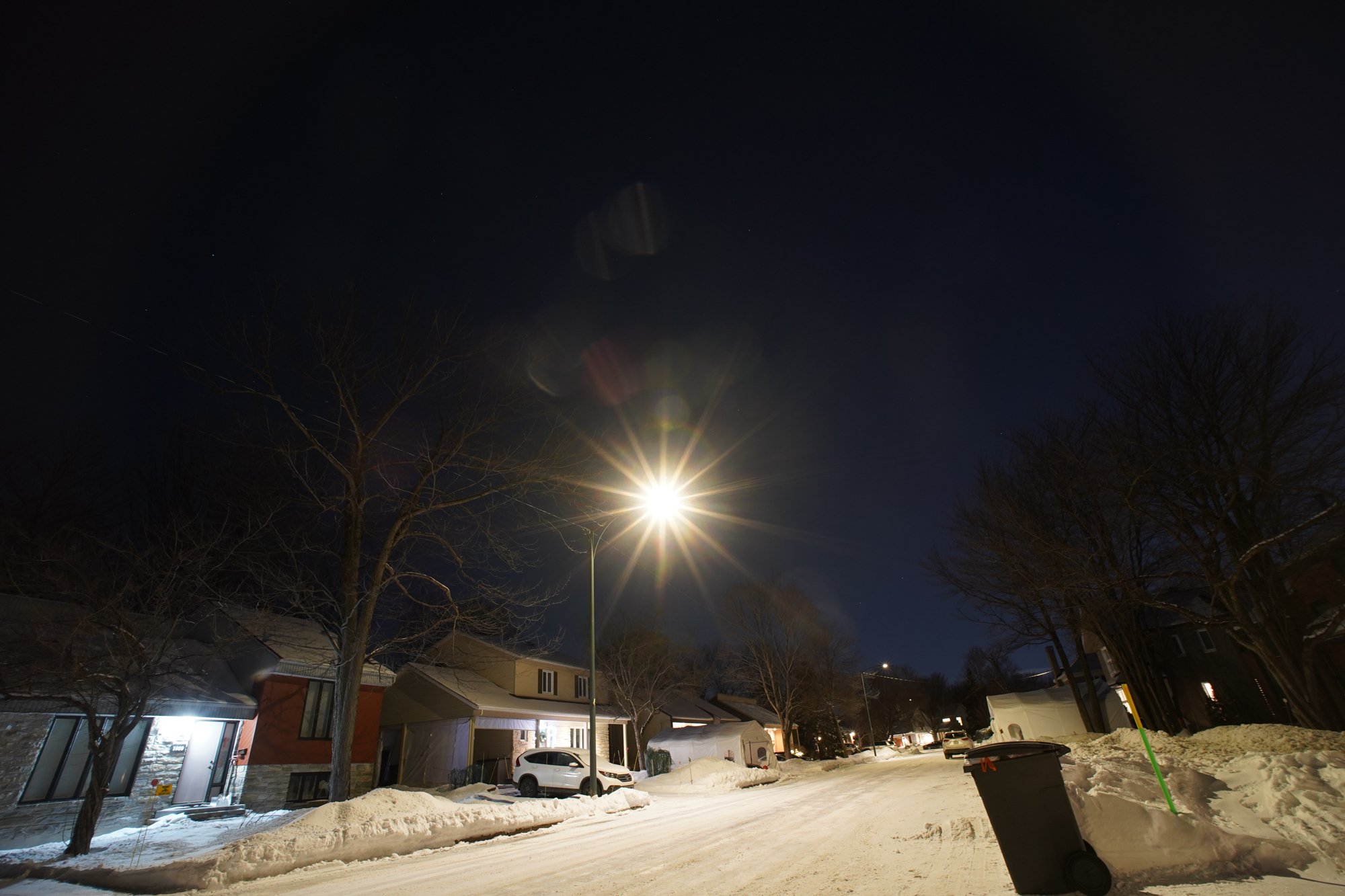
Metering and Exposure
Despite the extreme wide angle which could include areas with different exposures, during our tests the camera did not struggle to expose properly with the Laowa 15mm F4.
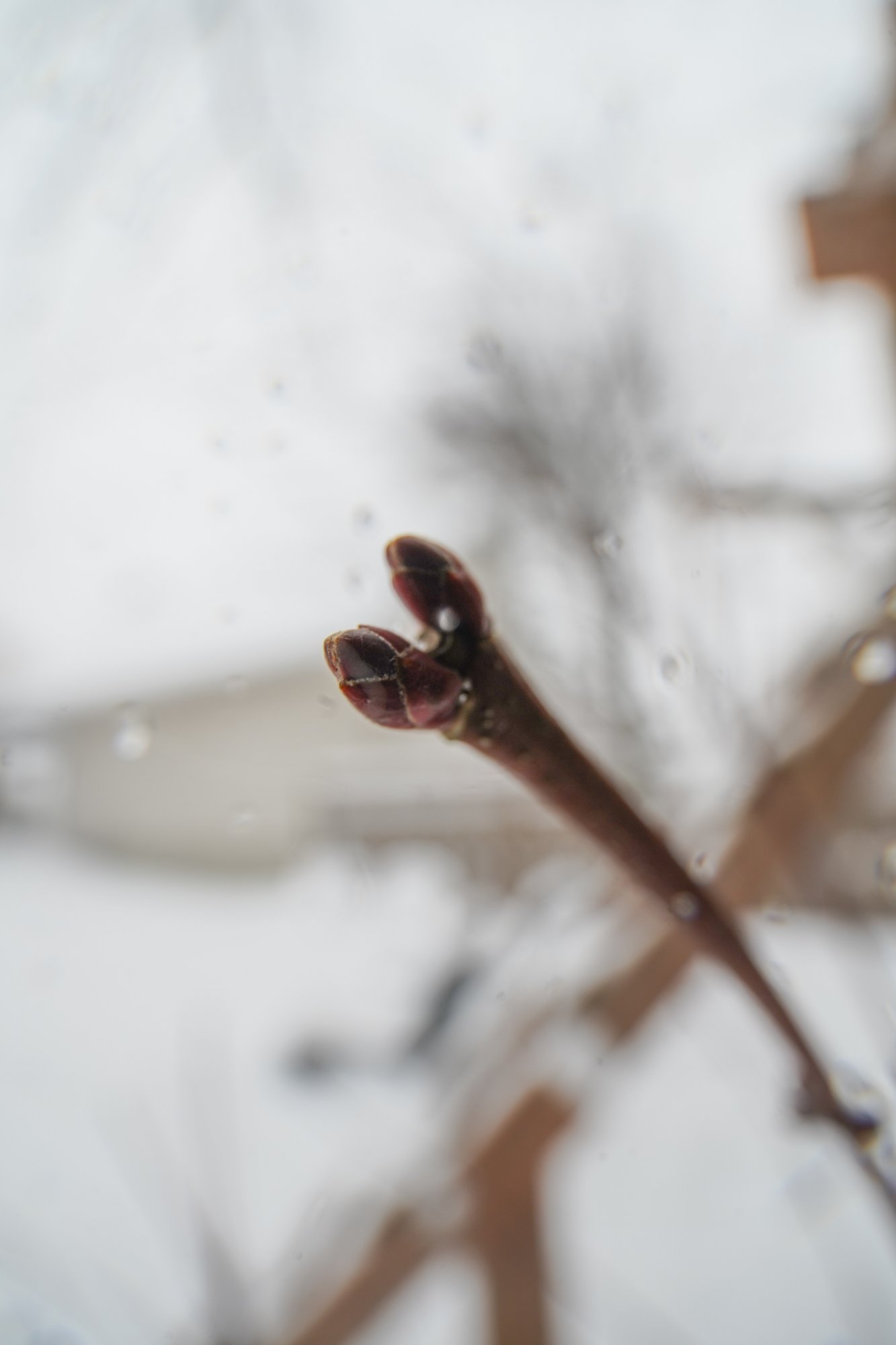
Sharpness
Sharpness, or a lens’s ability to resolve small details, is far from the only important characteristic of a lens, but it is probably the one which many users look at first. Soft images distract the viewer and the sharpest point in an image draws the eye.
There are several ways to measure resolution. Some are quantitative, such as the number of lines per millimeter that can be resolved, while others are comparative, such as using a standardized scene to pit lenses against one another. We will use the latter, and supplement it with real-life examples below.
To evaluate sharpness, we use a standard test chart that can be used to compare lenses to one another. We place the camera and lenses at a distance of 100x the focal length, so that the chart occupies the same area on all test images. This results in a distance of 1.5 m in the present case. The chart is positioned successively in the center, on the edge and corner off the frame, testing all apertures each time. Focus is repeated for each position to avoid field curvature contributions.
This test will not show how good a lens can be. Quite the contrary, it is a stress test to illustrate the limits of a lens’s capabilities.
Resolution is of course sensor-relevant. For this test we use the A7C camera’s 24 MP sensor.
Test results at 15mm
The following images illustrate the results at all apertures at 15mm.
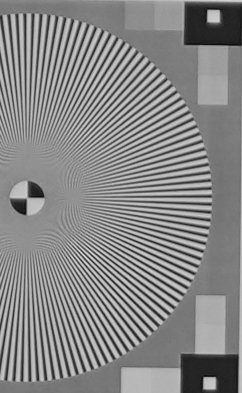


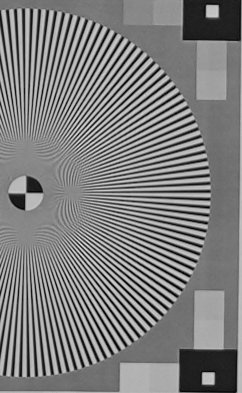
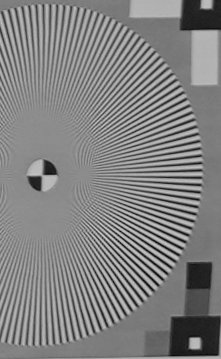

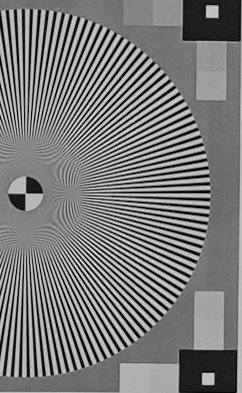

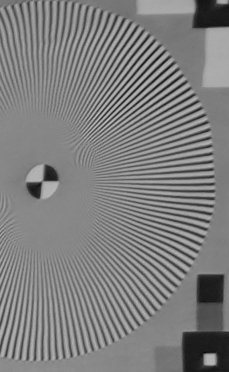


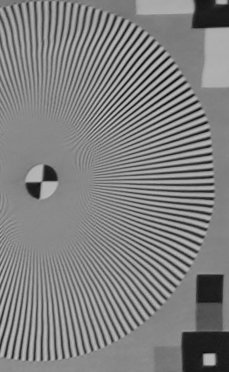

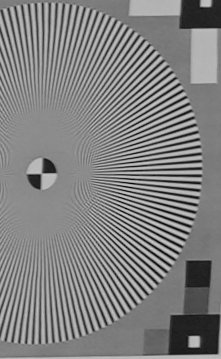
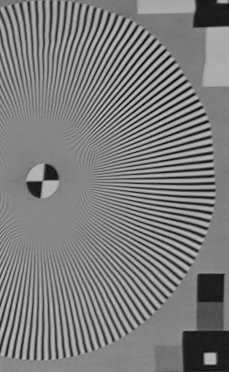
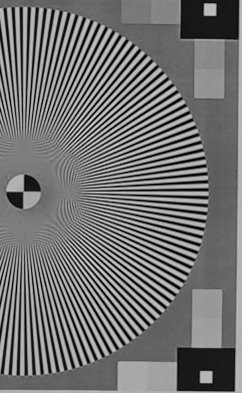
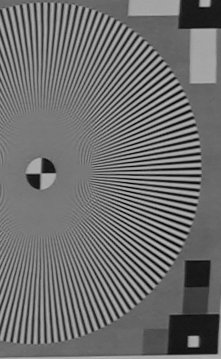
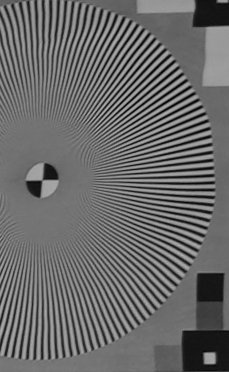

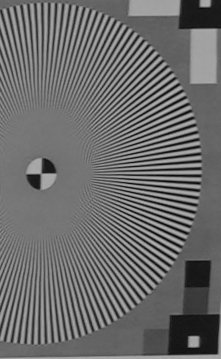
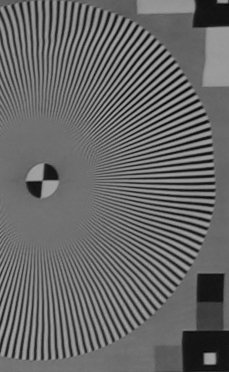
Center sharpness is good enough to be usable even at F4. Not class-leading but not flawed either. It improves by stopping down one stop. Between F5.6 and F16, center sharpness is very good. F22 remains usable (a surprising outcome!) and F32 should be avoided.
Edges are never as sharp. F8 and F11 show the best resolution, still never reaching close to center sharpness sadly. At other apertures, edges are significantly softer than the center.
Corners are not even as good as edges. The corners are soft at all apertures, with some slight improvement at F11.
The two images below show that, in “real-life” conditions, center around the center can be high indeed. That scene was shot at F5.6.


Summary
The Laowa 15mm produces images with very good center sharpness, especially if stopped down at least one stop. edges are never as good as the center but remain usable at medium apertures. Finally, corners are essentially soft. Peak overall performances are observed at F11, with F8 close behind.
Vignetting
Vignetting, or the darkening of corners at wider apertures, is both a defect and a feature, as it can be used creatively to put emphasis on subjects closer to the center, create a mood or a vintage look. It can also be corrected automatically by modern cameras so is less of a problem than in the past. That is only true for lenses with electronic contacts, which excludes the purely mechanical Laowa 15mm.
The following chart illustrates the vignetting of the lens for full frame when left uncorrected.
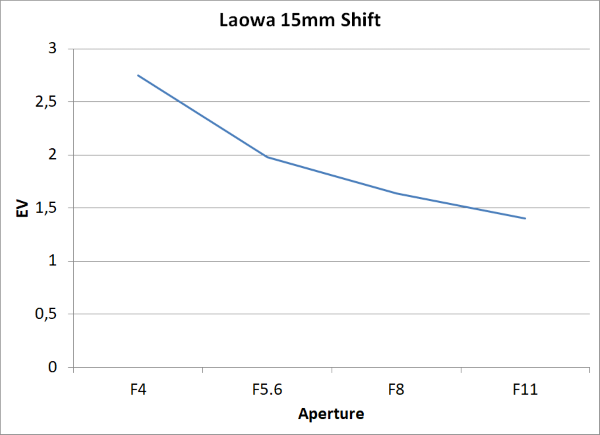
Vignetting with the Laowa 15mm is strong at all apertures. We consider vignetting to be bothersome, and visible in normal shooting conditions, when above 1 EV. Here, even at F11 the lens produces close to 1.5 EV. At F4, vignetting reaches about 2.75 EV, a rather dramatic value. It will be advisable to use post-processing tools to correct vignetting on scenes which warrant it.
The images below show the lens’s vignetting at varying apertures.



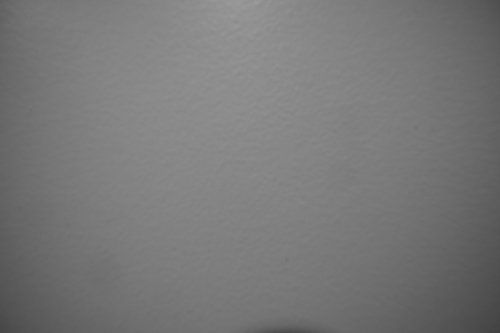

Bokeh
Bokeh is a Japanese term describing the quality of the background blur. It does not relate to the depth of field but to the areas in the image that are beyond the range that is expected to be in focus.
Bokeh is highly subjective. In general, a smooth bokeh with blurred shapes and contours is generally perceived as being of a higher quality. A shallow depth of field does not always equate a more pleasing bokeh.
To evaluate the characteristics of the background blur, we took pictures at varying apertures, using a scene with a lot of detail and bright highlights. The following images show the results.
The Laowa 15mm delivers surprisingly good out-of-focus rendering. Highlights in particular remain circular regardless of the selected aperture. Textures wide open are smooth and without harsh edges, something better than expected. Transitions are also gradual. These results are better than what we expected, truthfully.
The images below are further examples of the lens’ rendering.
Flare and Ghosting
Flare is a decrease in contrast caused by reflections on internal lens elements. Ghosting is the appearance of orb-shaped artifacts in an image containing a light source, caused by the same internal reflections. High-quality coatings reduce the importance of flare and ghosting in an image.
We test flare and ghosting by taking pictures of a bright light source positioned at the center and on an edge of the frame, at varying apertures.
Test results at 15mm
With the light in the center, the Laowa 15mm Macro Shift exhibits flare around the light at F4. It essentially goes away at smaller apertures, to be replaced by prominent ghosting which remains present at all apertures. It is not out of control but something to keep in mind.
With corner illumination, there is again some flare at F4. It diminishes in importance as the aperture closes. A semi-circle-shaped halo is also present. Some ghosting becomes subtly visible at F5.6 and appears more strongly at smaller apertures. It is not overly bothersome, however, and not entirely surprising for an ultra-wide lens. The Laowa 15mm Macro Shift does better with corner illumination than with center illumination.
Chromatic aberration
Chromatic aberration (CA) occurs because different colours do not always have the same focal point. With modern lenses designs, which are better corrected than vintage designs, this is more likely to occur in out-of-focus areas. CA effects are more visible near fast transitions from bright to dark areas.
Most modern cameras have built-in tools to remove CA. Digital manipulations can have an impact on other aspects of an image, thus it is useful to know how a lens performs when those automatic corrections are disabled. In the case of a purely manual lens, of course, there are no built-in corrections possible, although post-processing software can correct CA.
Our test sets up the camera at 45° and focuses on the center of the frame, with targets at the center, top and bottom. Images are captured at varying apertures at 15mm.
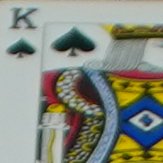

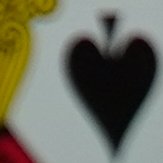
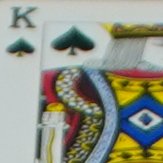
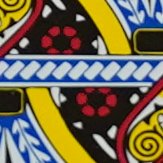


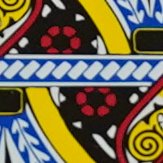
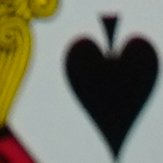

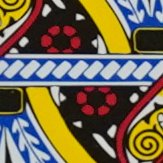
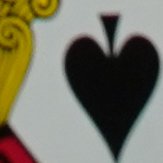
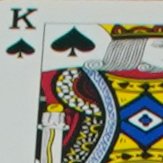
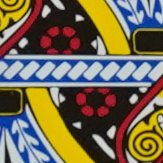

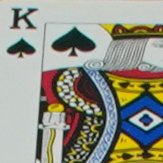
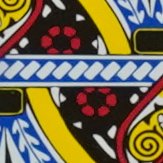

In the central, in-focus region of the frame, there is no chromatic aberration to see at all. This is to be expected. In the top area, CA shows as a green edge visible between F4 and F11. In the bottom part of the frame, CA is not manifest.
Purple fringing
There were no occurrences of purple fringing in our tests with the Laowa 15mm.
Distortion
Distortion refers to a lens’s ability to represent straight lines as straight lines… Wide angle lenses frequently generate barrel distortion, while longer focal lengths are more likely to cause pincushion distortion.
The Laowa 15mm is an ultra-wide angle lens, but also a prime. As such, we expect some effort to be put towards controlling the amount of distortion. Furthermore, Laowa has an excellent track record of producing wide lenses with excellent distortion control.
We use a standard test pattern of straight lines and test at varying focal lengths.
The image below show the uncorrected distortion figure.
15mm

The Laowa 15mm shows 3.1% of pincushion distortion. The effect is immediately visible on the image above, and will be apparent in some scenes in actual shooting. Users will be well advised to keep in mind the strength of the distortion.
These results mean that post-processing corrections should be used whenever possible.
Sample images
Here is a gallery of samples images captured with the Laowa 15mm. You can click on individual images for a larger view.
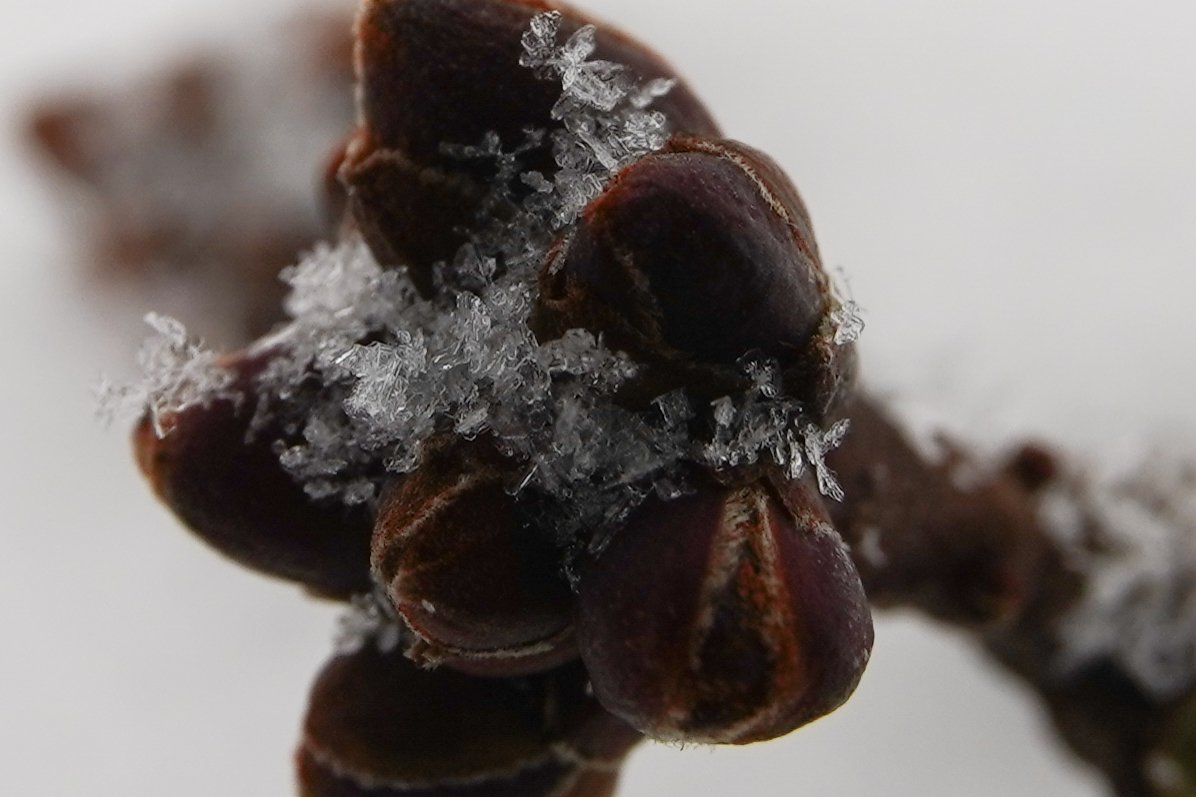

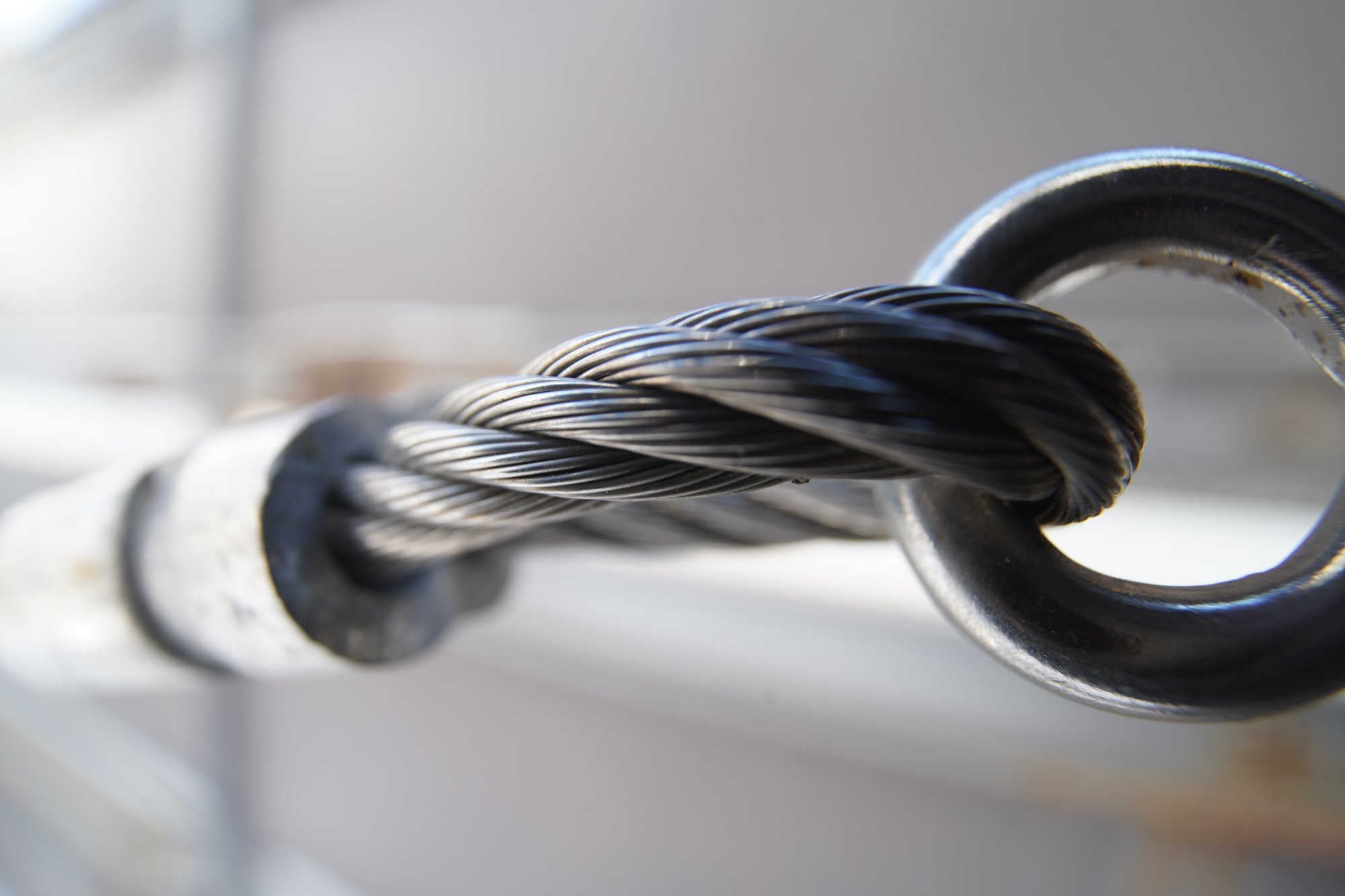


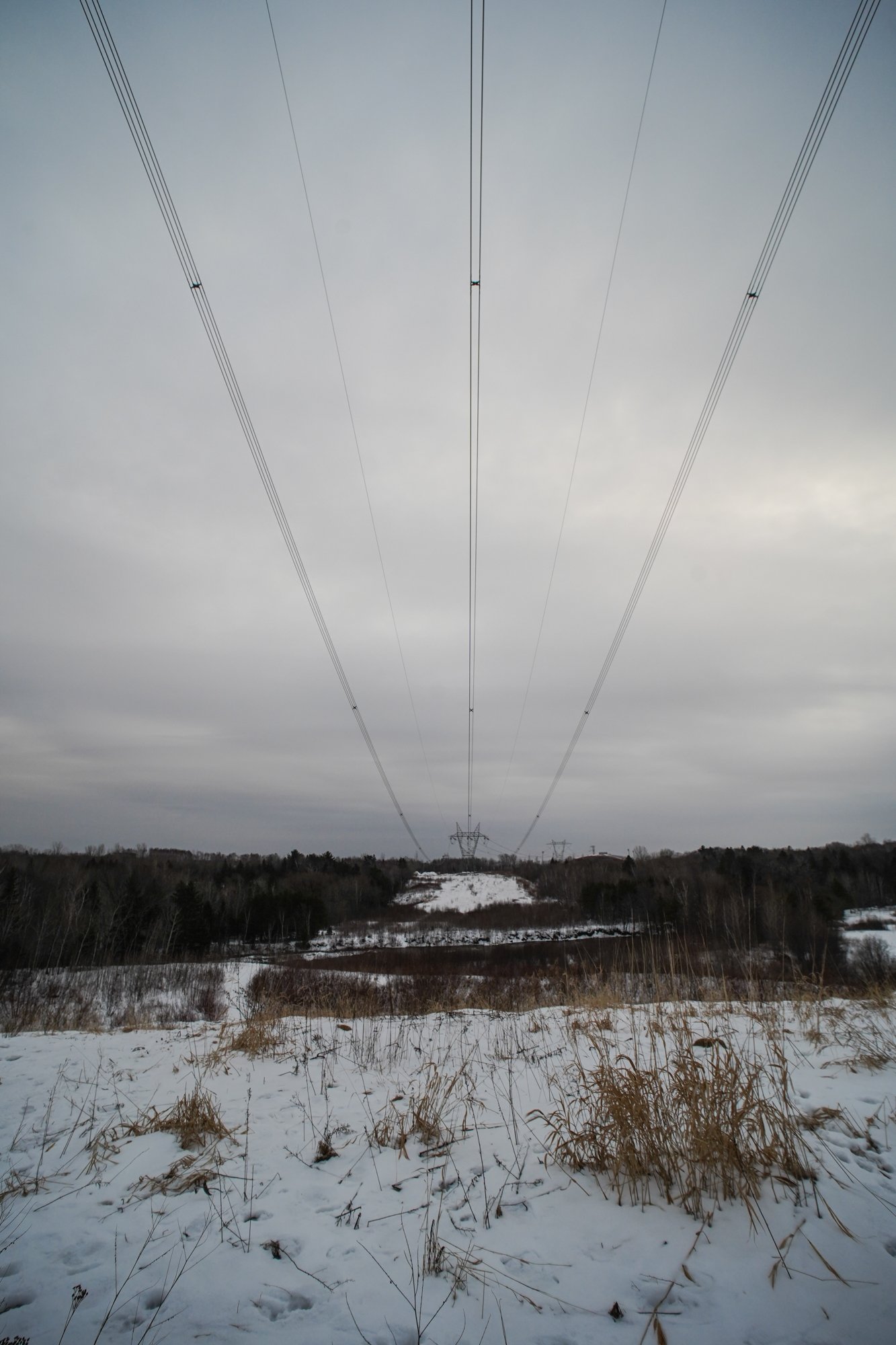



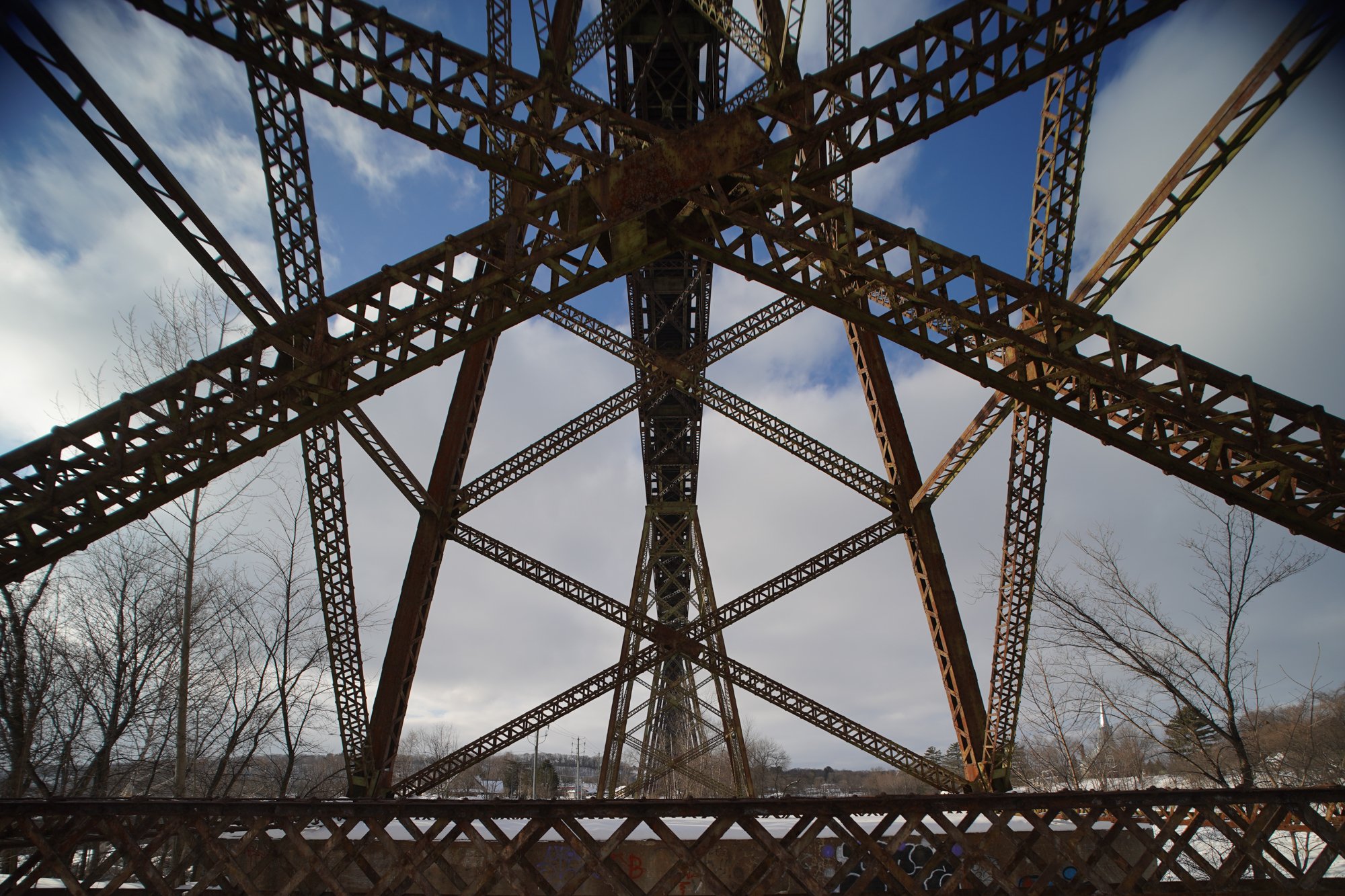





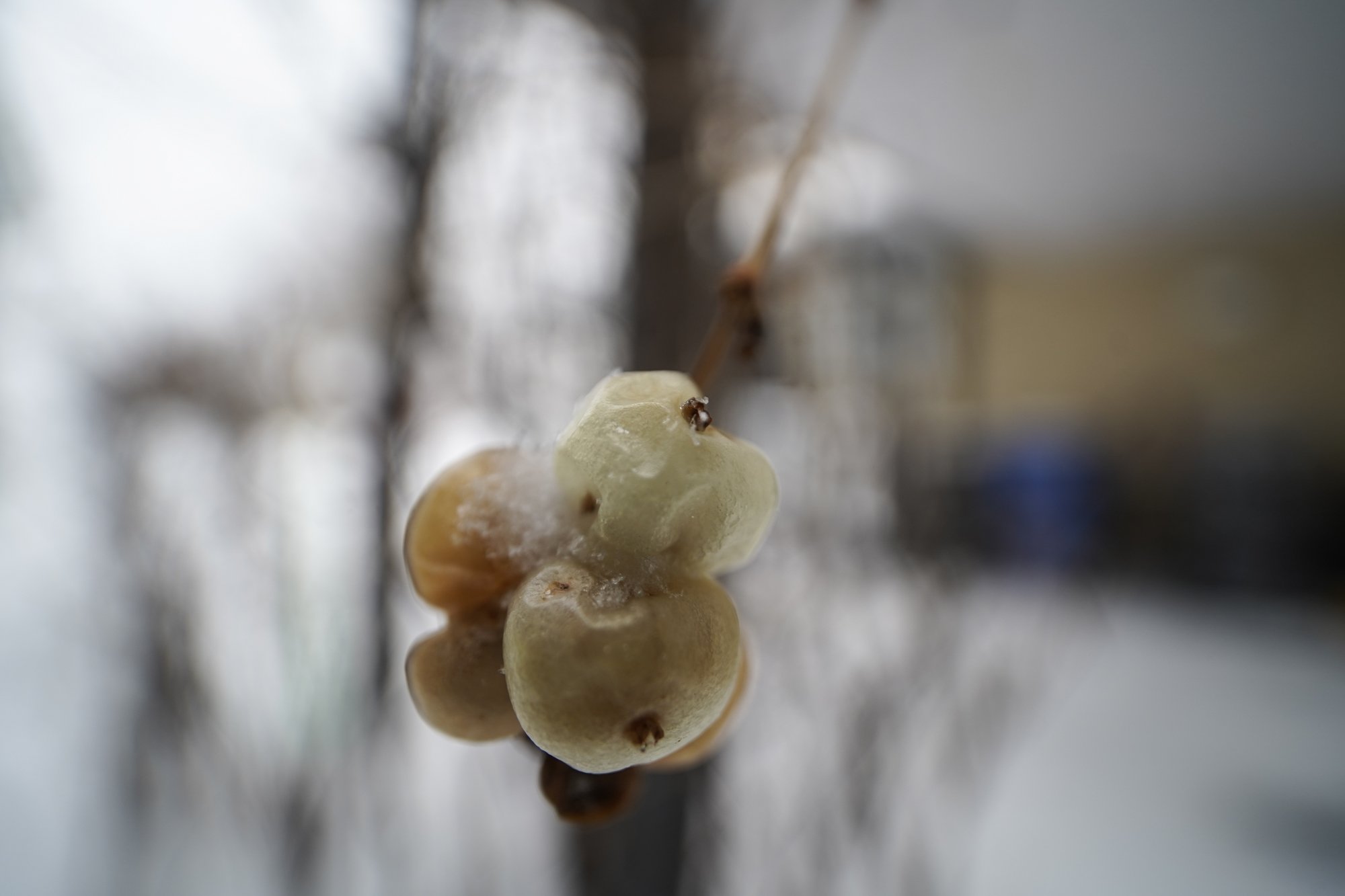

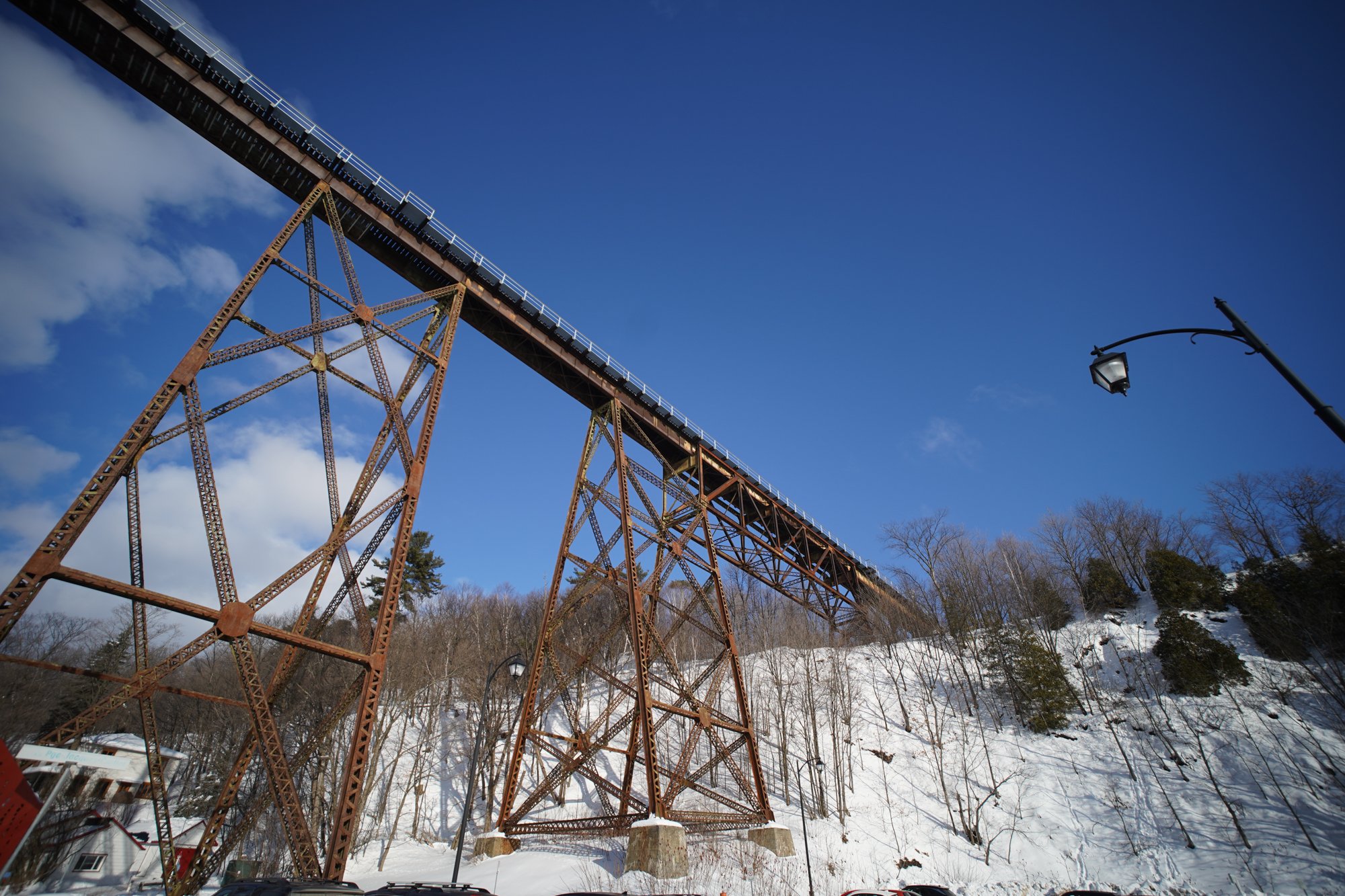


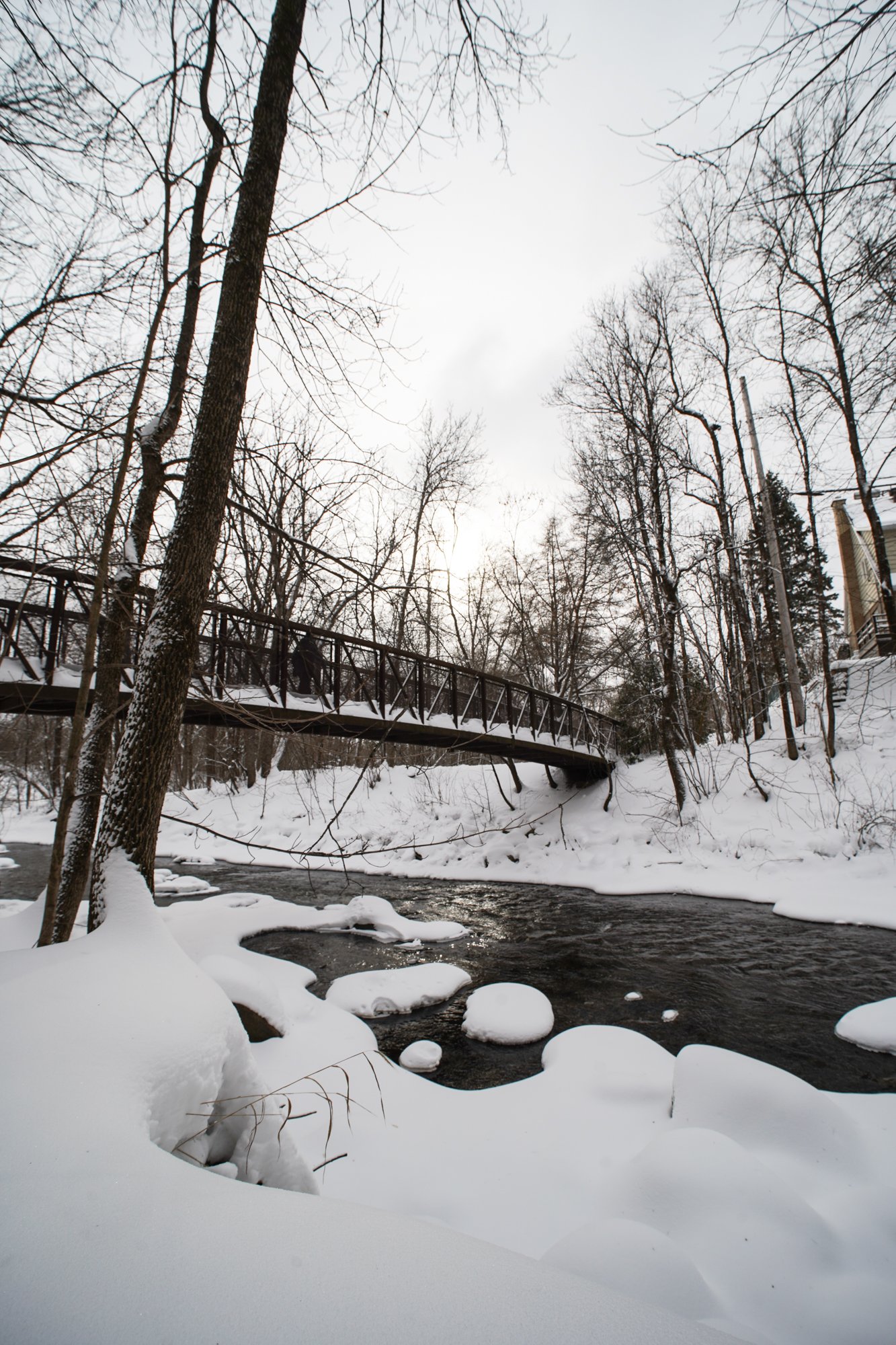



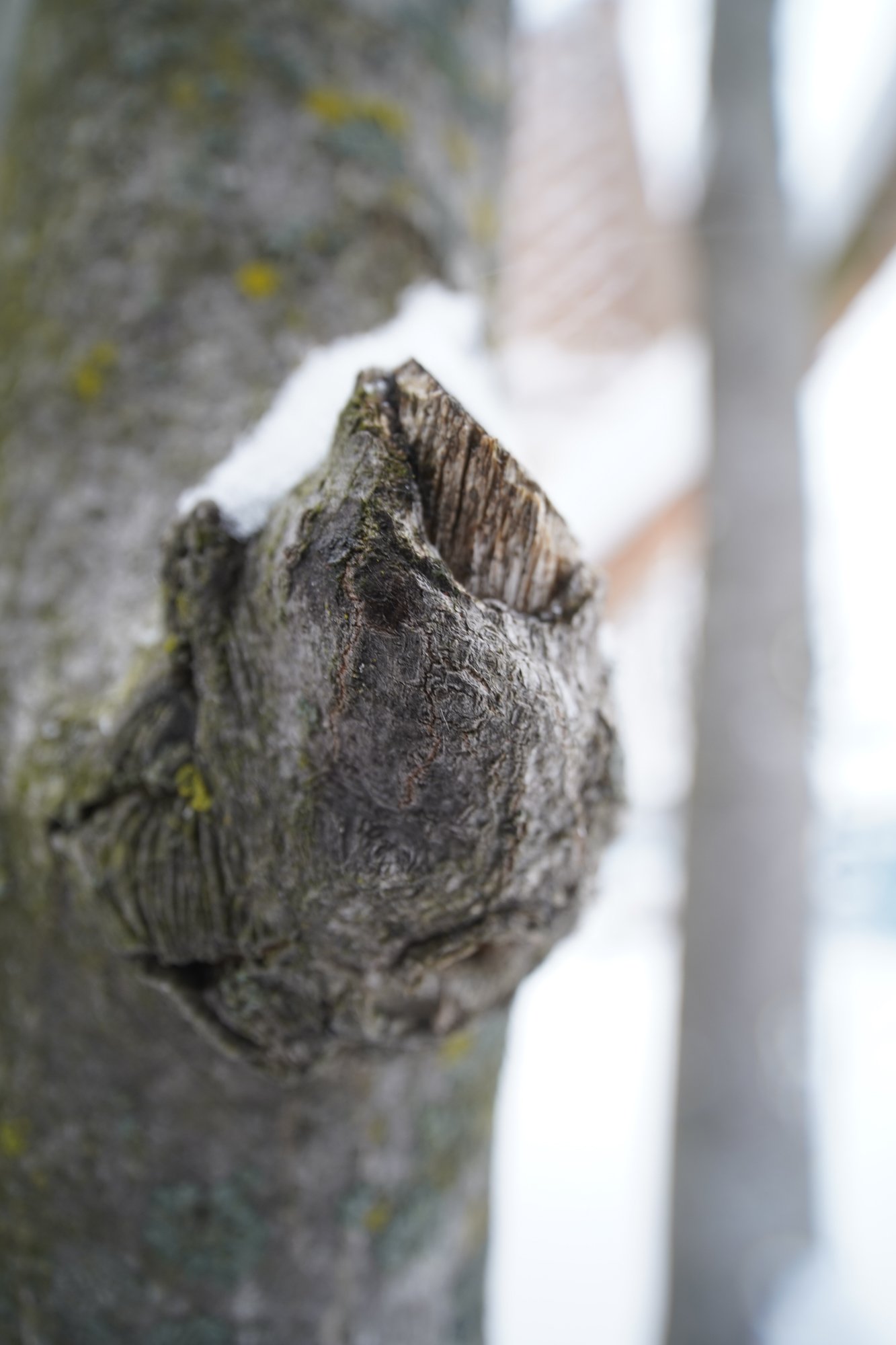
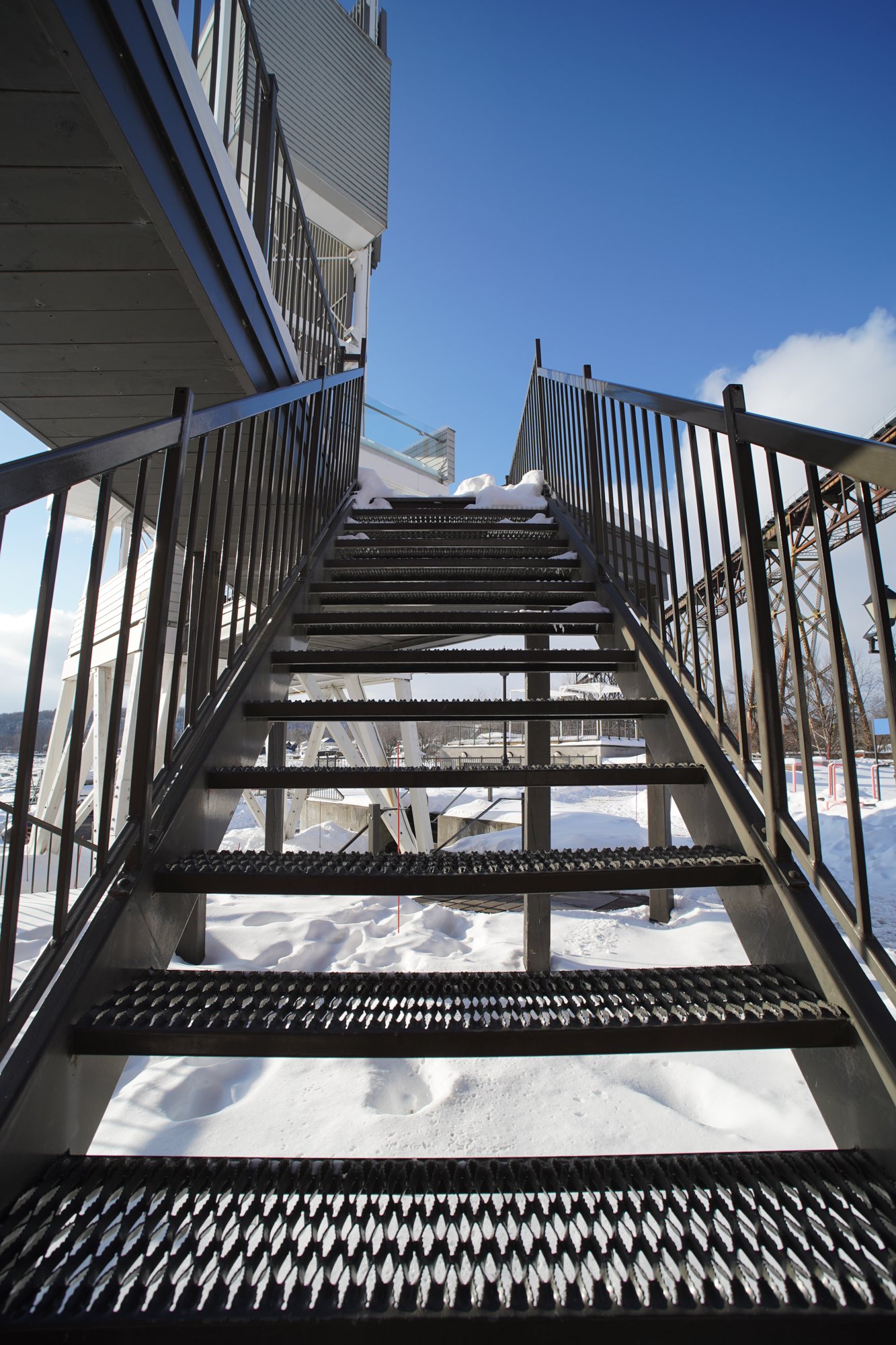
Conclusion
Laowa lenses shoot beyond their price tag. As long as someone is willing to live with a fully manual lens, the company’s products offer features and capabilities rarely available elsewhere. The Laowa 15mm f4 Macro Shift is a great example of this: it is an ultra-wide angle, offers a moderately fast F4 aperture, is a true macro, AND offers shift functionalities. All this for less than $500.
So, where’s the catch?
Build quality is very good, even though it isn’t up to the best the company produced. The lens itself is compact, rock-solid, its rings operate smoothly and accurately. In truth, only the shift mechanism is a bit of a letdown. It offers movement only in one direction, without the possibility to rotate. It uses a lever instead of a locking ring and rotating control. It has a tendency to move when stored, so it isn’t rare to pull the camera and lens out of the bag to find that the lens has shifted. Not a big deal, but a small annoyance certainly. In short, the shift mechanism is the one disappointment of this otherwise solid lens.
Optical performances are mostly good. At this price point and with this list of features, we did not expect this lens to perform at the level of a Sony GM lens, but to reach an adequate minimum, certainly. Center sharpness is very good, and acceptable even wide open. Edge and corner sharpness isn’t as impressive. This isn’t the best lens for landscapes or edge-to-edge sharpness.
Distortion is strongly visible, reaching 3.1%. Not overly surprising but certainly high.
Chromatic aberration is present but quite subtle. It appears only as thin green edges at distances beyond the focus point.
Bokeh and out-of-focus rendering are beautiful. The lens’ 14 curved aperture blades certainly come into play. Highlights remain circular at all times, the background is never distracting, and transitions are sufficiently gradual. Given that this is a macro lens, these results are welcome.
Flare and ghosting are present, generally remaining moderate but still present. F4 is different than other apertures, showing flare which goes away by F5.6.
Starbursts are average, pleasing at smaller apertures but not as nicely formed as the best performers.
Vignetting is one of the weakest points of this lens. Regardless of the aperture, it will be present and visible, but reaches 2.75 stops at F4. This is below expectations, especially for a shift lens which should cover a larger image circle.
Focusing is fully manual, with a pleasingly dampened focus ring, a long throw, and good accuracy. To precisely nail focus, it is often advisable to open the aperture to F4, focus, then close it down to the desired value afterwards. The lens’s true 1:1 macro capabilities make it a useful tool in the bag, and its wide angle lets it capture macro images with unexpected perspectives.
Do these result signify that the Laowa 15mm F4 Macro Shift is a good lens or not? In general, we would say yes. The coupling of a 15mm focal length, true macro and shift is unique. The lens is solid and compact. Its bokeh is above average, center sharpness is very good, and the price is reasonable. Vignetting, distortion and edge/corner sharpness are the weakest points in what is, otherwise, a more than adequate optical performer.
Laowa offers another 15mm lens (the 15mm F2 Zero-D), better optically but without the bells and whistles of the Macro Shift. It offers a 20mm Shift, with better ergonomics but without macro and “only” 20mm. Both are much more expensive than the Macro Shift. There are a few other 15mm (or close) lenses available on the market, most of those offering AF, but none with both true macro and shift capabilities. The Laowa 15mm F4 Macro Shift’s optical limitations are not deal-breaking, simply characteristics to keep in mind and work with instead of against.
At $500 (and sometimes discounted), this lens can be a first foray into the world of shift photography for many. Only for this, it can justify the purchase. The same reasoning applies to the focal length: $500 for a more than adequate 15mm lens is impressive. As long as someone can accept the fully manual operation, of course.
The lens might not be for everyone, but it does, upon consideration, look like a true jack-of-all-trades.
Check Price & Buyer Reviews: Laowa 15mm F4 Wide-Angle Macro Shift Lens
At: B&H Photo | Amazon
Pros
- Compact and solid metal body
- Combination of true macro and shift capabilities
- Very good center sharpness
- Little CA, no PF
- Accurate manual focus
- Smooth and beautiful bokeh even with busy scenes
- Signature Laowa rendering
- Low price
Cons
- Edge and corner sharpness is unimpressive
- Vignetting is rather extreme
- Strong distortion
- Some flare and ghosting at all apertures
Before You Go
Do you already own this lens? Are you curious about it? If you do, we’d love to hear your thoughts in the comments below.

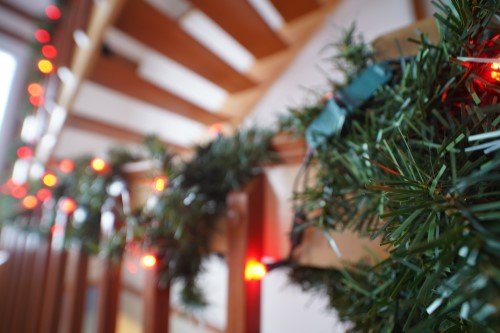
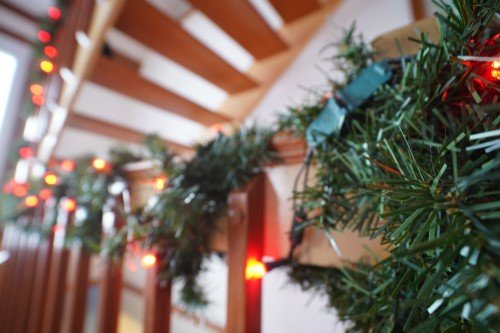


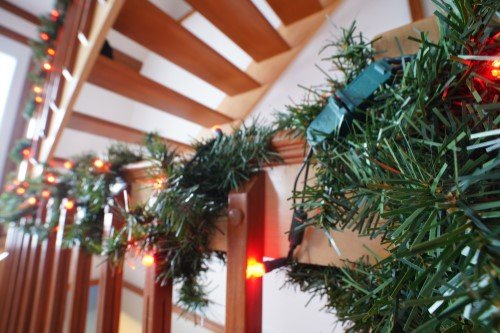
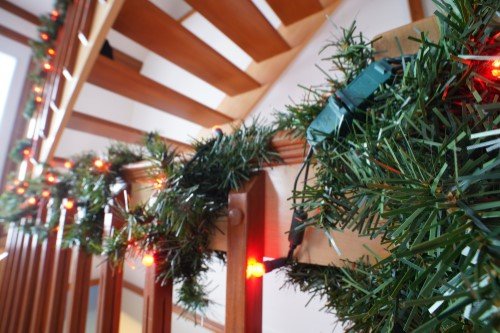
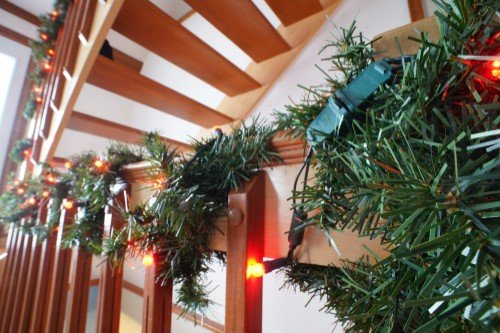
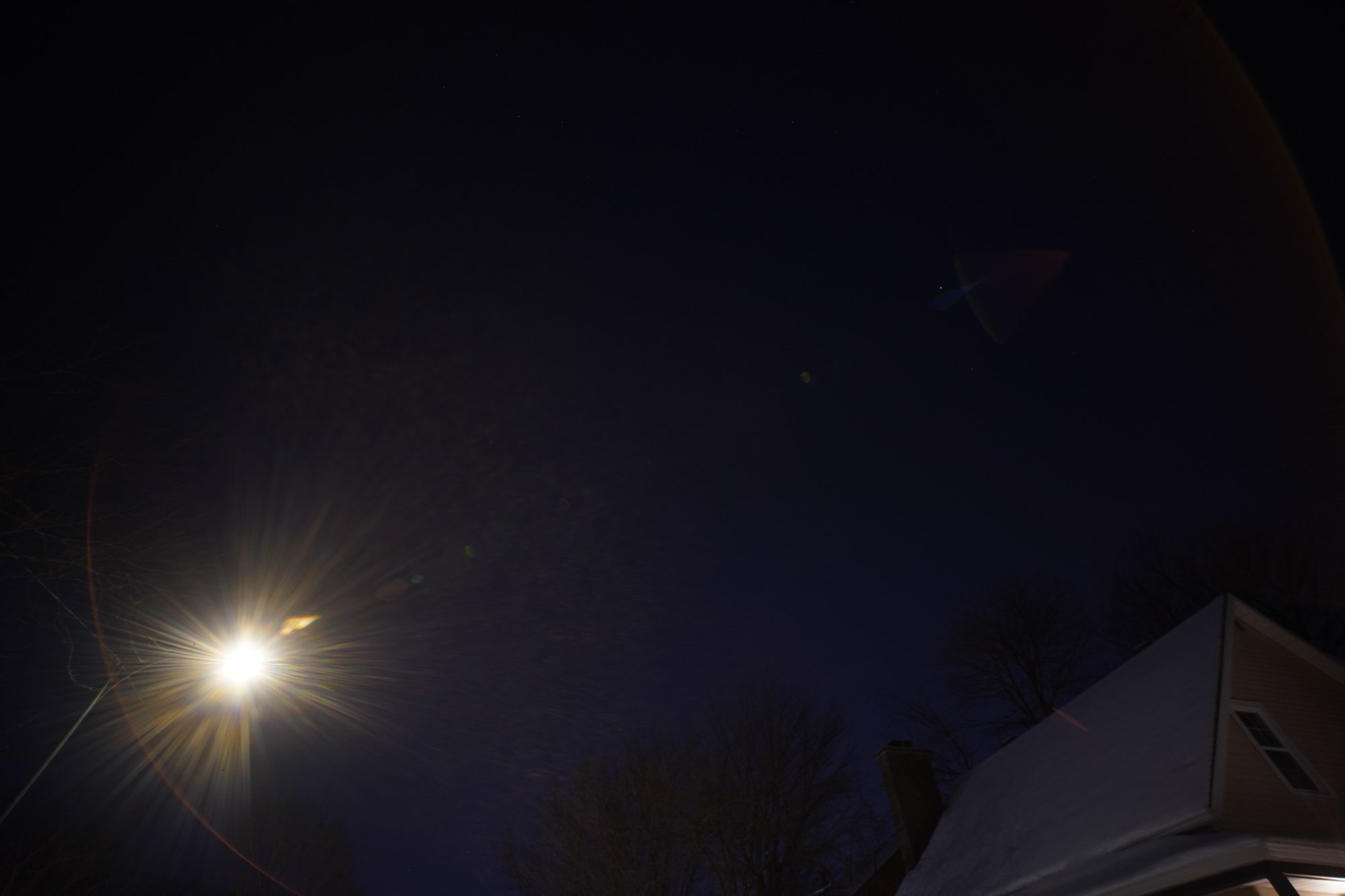

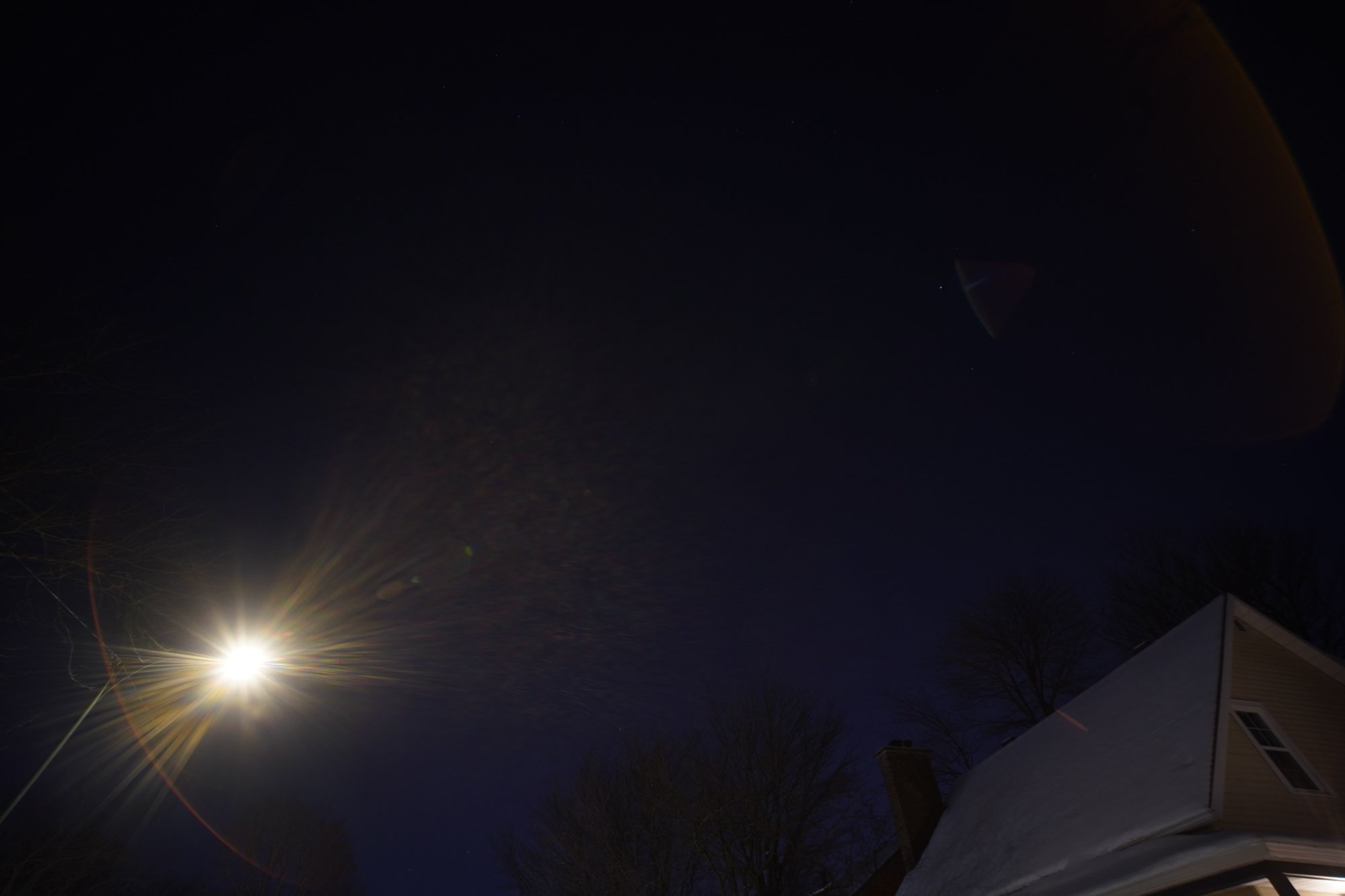



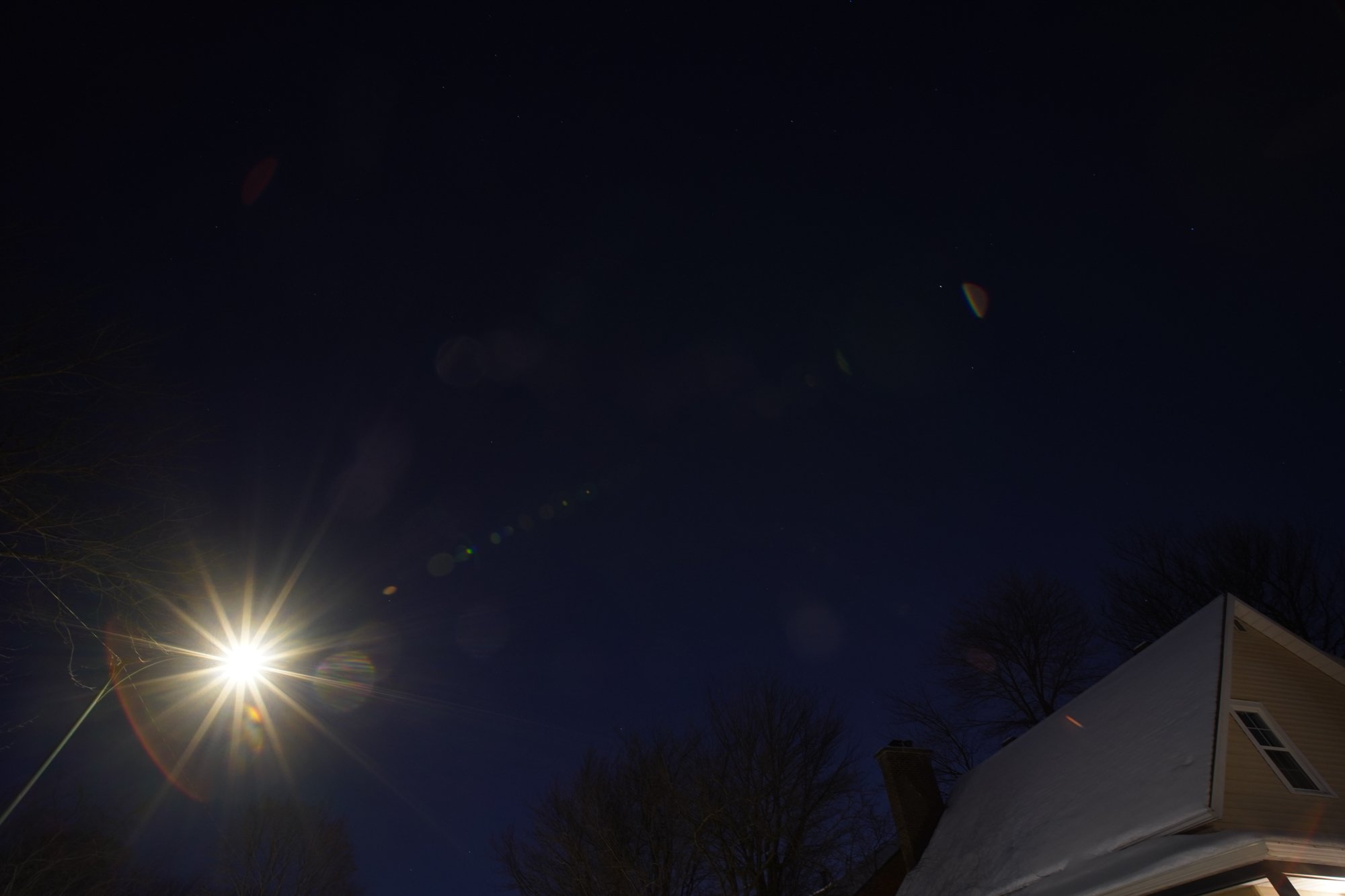
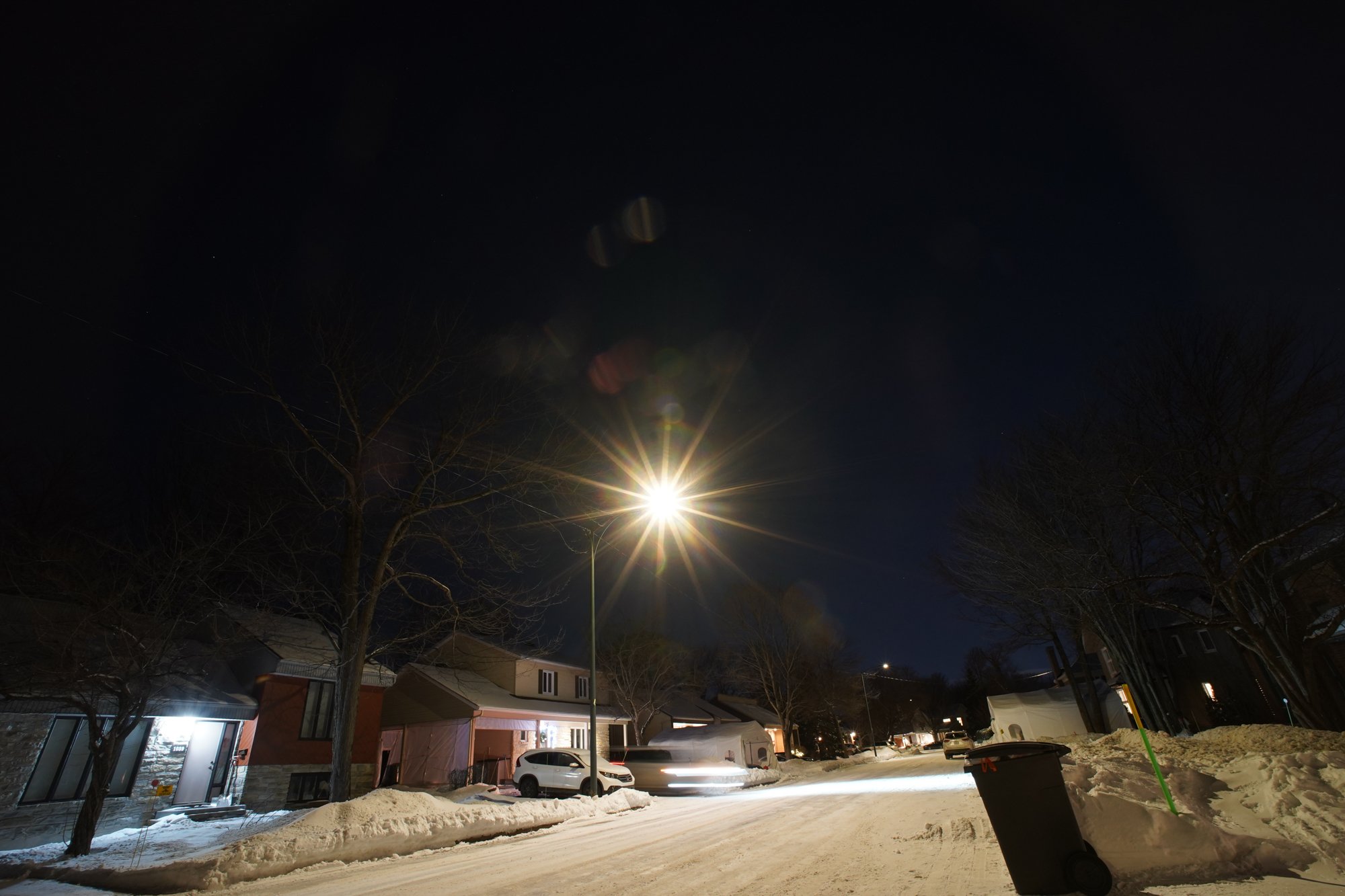

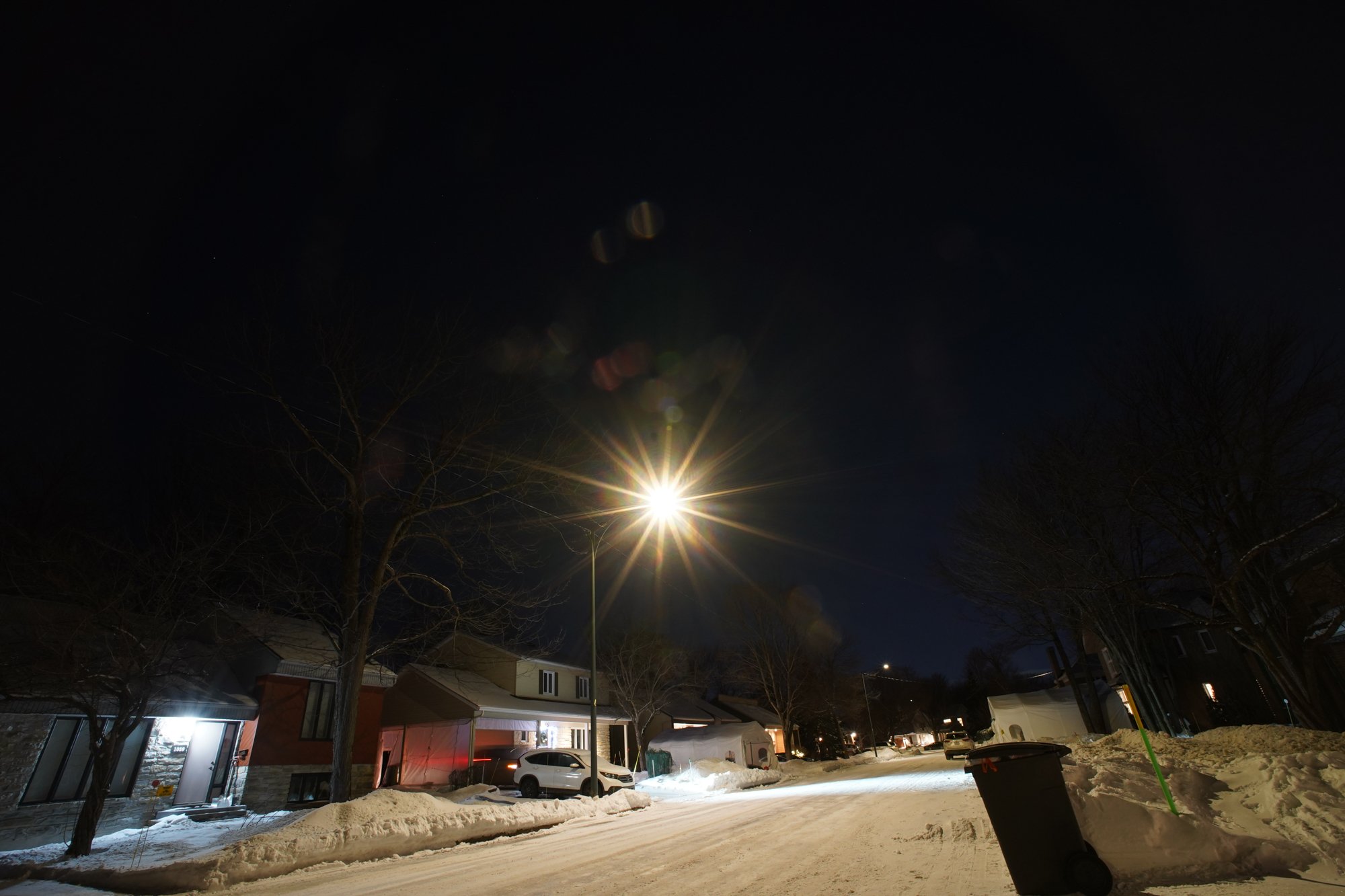


Leave a Reply